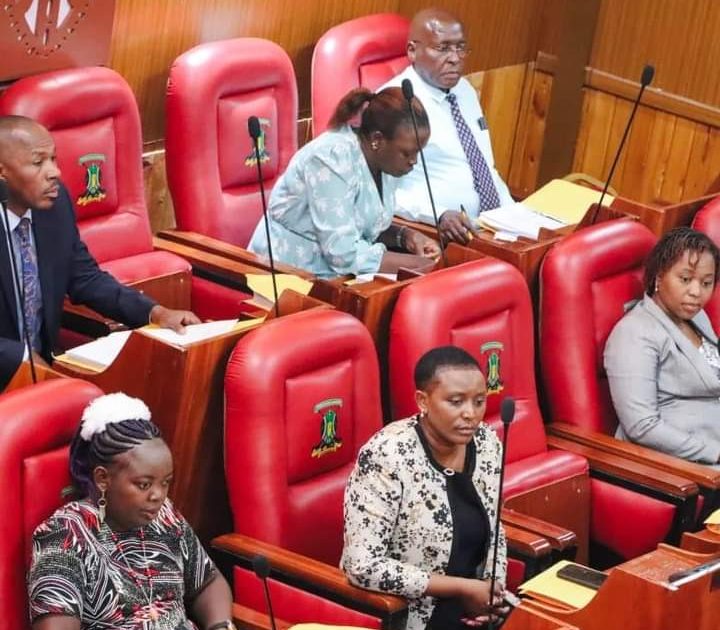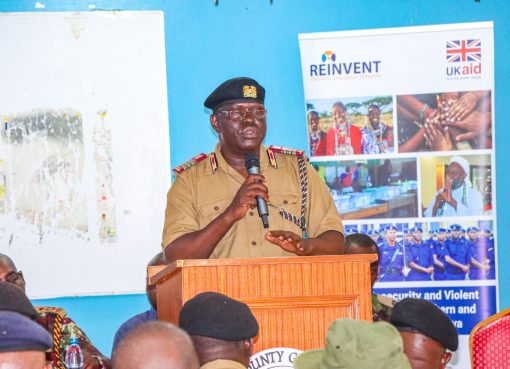The Murang’a County Assembly has adopted the Murang’a county Wetlands and Riparian areas policy which seeks to enhance environmental conservation by managing water resources more effectively and sustainably in wetlands and riparian areas.
In the report tabled by the Chairperson Energy, Environment, Forestry and Natural Resources committee, Diana Muthoni, the committee stated that overgrazing and planting of non-friendly trees interfere with the sustainable use of riparian and wetlands areas.
Muthoni noted that riparian areas like Kimathi have been affected by farming activities and others like Mwiria stream dried up after the marsh areas were cleared to pave way for farming.
“Reclamation and conversion of wetlands and riparian areas for agricultural development and human settlement is one of the biggest threats to conservation and management of such areas.” She said,
“These activities have led to decline of the quality of water sources in the county, thereby reducing the value and biodiversity within the wetlands,” Muthoni added.
To enhance and maintain social and economic activities, the nominated Member of County Assembly (MCA) underscored the need to come up with a policy and legal framework on wetland and riparian areas within the county.
Gaichanjiru MCA, John Kamau, seconded the motion and urged people living in such areas to plant bamboo and other native species to safeguard the quality of water resources and reduce continued encroachment.
“The people neighbouring riparian areas should plant bamboo and other native species of flora to safeguard those areas.” Kamau said.
The report urged the County Executive Committee Member (CECM) for Environment and Natural Resources, to allocate funds for sensitization on climate change and the importance of wetlands and riparian land conservation.
Further, the CECM was asked to come up with reforestation and restoration programs around public wetlands and work with state agencies like NEMA and Warma to provide technical support for these programs.
By Purity Mugo




